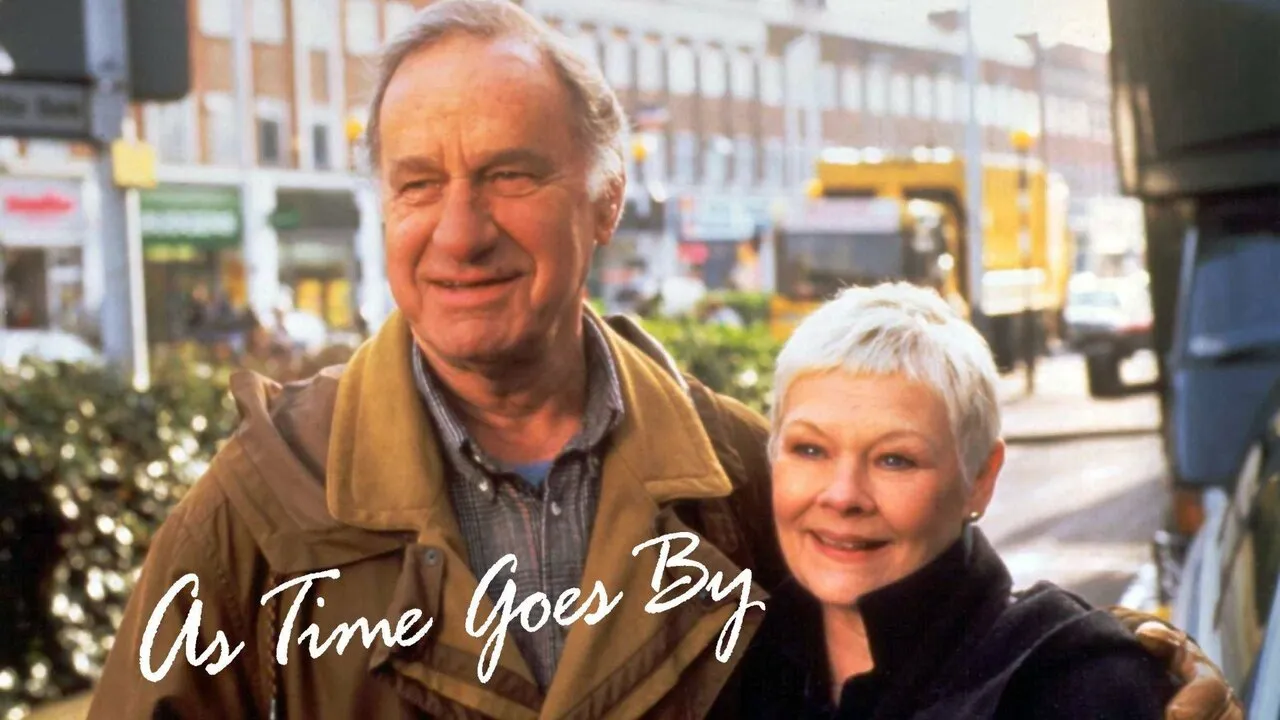A Brutal and Existential Survival Thriller
The Grey (2011), directed by Joe Carnahan and starring Liam Neeson, is a survival thriller that transcends its genre roots to explore deeper themes of mortality, masculinity, and the human will to endure. Based on the short story “Ghost Walker” by Ian Mackenzie Jeffers (who also co-wrote the screenplay), the film follows a group of oil workers stranded in the Alaskan wilderness after a devastating plane crash, as they are hunted by a pack of relentless grey wolves. What begins as a tale of man versus nature gradually evolves into a philosophical meditation on life, death, and the struggle for meaning in a hostile world.
At the center of the story is John Ottway (Neeson), a brooding, grief-stricken marksman employed to protect workers from wild animals. Haunted by the memory of his wife and burdened by existential despair, Ottway is initially shown contemplating suicide, only to be thrust into a desperate fight for survival after the crash. He becomes the de facto leader of the surviving group, guiding them through blizzards, ravines, and wolf territory while trying to keep them focused and alive. The wolves, portrayed as cunning and almost supernatural antagonists, serve not just as physical threats, but as symbols of mortality itself.
The film’s bleak tone and unforgiving setting amplify its emotional weight. The snowy, desolate landscapes are beautifully shot but serve as constant reminders of isolation and insignificance. The cinematography reinforces the characters’ vulnerability, and the sound design—often punctuated by the howls of wolves or the eerie silence of the wilderness—builds a palpable sense of dread. Nature in The Grey is not romanticized; it is indifferent, vast, and lethal.

What elevates The Grey beyond typical survival fare is its psychological depth. Each character wrestles with personal fears, regrets, and questions of faith. As their numbers dwindle, their interactions grow more reflective, revealing different responses to trauma and death. Ottway, in particular, becomes a vessel for the film’s existential questions. He recites poetry written by his father—“Once more into the fray / Into the last good fight I’ll ever know / Live and die on this day”—which becomes a mantra encapsulating his inner battle between surrender and resistance.
Liam Neeson delivers a powerful performance that blends physical grit with emotional vulnerability. Far from the action-hero persona he adopted in other films, Neeson’s Ottway is a wounded soul, wrestling not only with external threats but with his own sense of purpose and grief. His portrayal grounds the film, making it as much a character study as a thriller.
Though the film was praised for its atmospheric direction and thematic ambition, it also received criticism from some quarters, particularly for its portrayal of wolves as bloodthirsty monsters—an image challenged by wildlife experts. However, viewed metaphorically, the wolves represent far more than real animals; they are avatars of fear, death, and the unforgiving randomness of nature.
In conclusion, The Grey is a harrowing and deeply philosophical film that uses the trappings of a survival thriller to explore the human condition. It’s a meditation on life’s fragility, the struggle to find meaning in suffering, and the quiet strength required to face the void. Gritty, poetic, and emotionally resonant, The Grey stands as one of the most compelling survival films of the 21st century.



